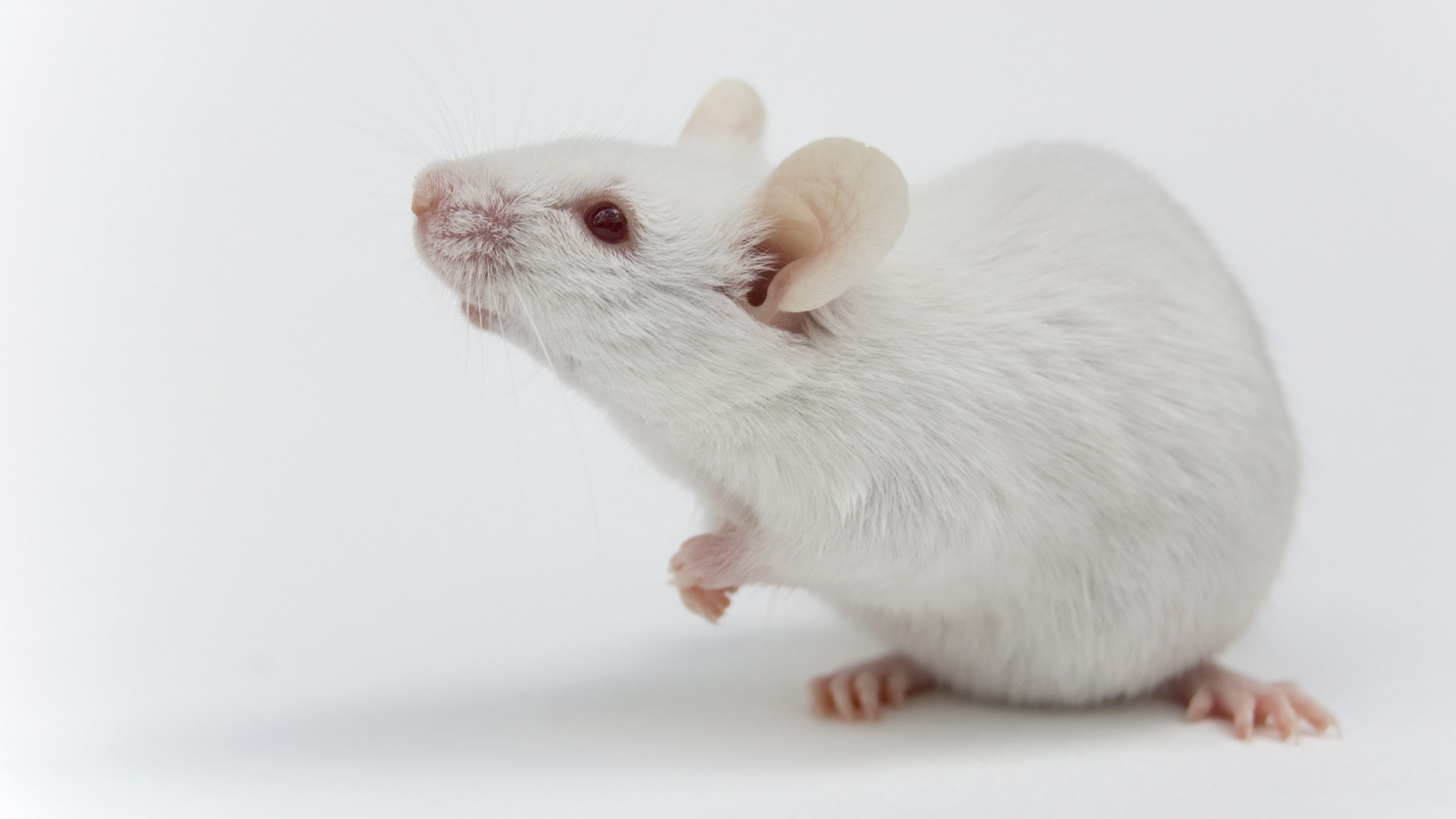Get the latest Science News and Discoveries
Entropy-resistant protein motifs as a theoretical strategy for cancer therapy
**Abstract:** This preprint explores a speculative but structured idea in cancer biology: the introduction of entropy-resistant protein motifs as a therapeutic strategy. The concept is inspired by thermophilic proteins, repetitive folding units, and the stability of certain glycine-proline-rich sequences under high entropic stress. While untested, the proposal is grounded in molecular folding logic and seeks to open a path toward synthetic folding environments that disrupt or outcompete oncogenic protein behaviors. --- **Introduction:** Cancer cells thrive in highly dynamic and chaotic environments. Their proteomes must fold, refold, and misfold constantly under oxidative stress, DNA damage, metabolic shifts, and inflammatory signals. Yet, they persist — suggesting some form of robustness to entropy. Rather than attacking tumors via toxicity or gene expression interference, this idea suggests a third option: introducing highly ordered protein motifs that are difficult to unfold or misfold. If properly designed, such motifs could act as "anchors" of order, disrupting the folding entropy landscape inside tumor cells. This is not a therapy — it is a theoretical concept that has not been tested in vitro or in vivo. --- **Main Concept:** We define an *entropy-resistant motif* as a small synthetic folding unit that: * Has a strong native state, * Resists denaturation under intracellular thermal fluctuation, * Can be produced in cells via gene delivery or peptide injection, * Does not rely on lock-and-key active binding, but rather exerts passive thermodynamic pressure. This is inspired by repeat-protein domains (like ankyrins), designed beta-hairpins, and proline-glycine helices in extremophile organisms. In cancer, where misfolded proteins trigger adaptive survival mechanisms, a sudden excess of over-stable structures might impair the cell’s ability to maintain folding homeostasis — leading to selective stress. --- **Potential Implications:** * May function as a *thermodynamic sink* in protein folding environments * Could interfere with chaperone regulation (e.g. HSP90) * Might compete for translation or folding machinery resources * Could be modified to target specific tumor cell types --- **Next Steps / Future Directions:** * Computational modeling of folding persistence under stress * Screening for naturally occurring motifs with high folding resistance * Experimental testing in yeast or bacterial systems before mammalian models * Collaboration with structural biologists to design custom sequences --- **Disclaimer:** This is a conceptual exploration. No experiments have been performed. The preprint is shared with the hope of inspiring theoretical and practical feedback from the scientific community.
None
Or read this on r/EverythingScience